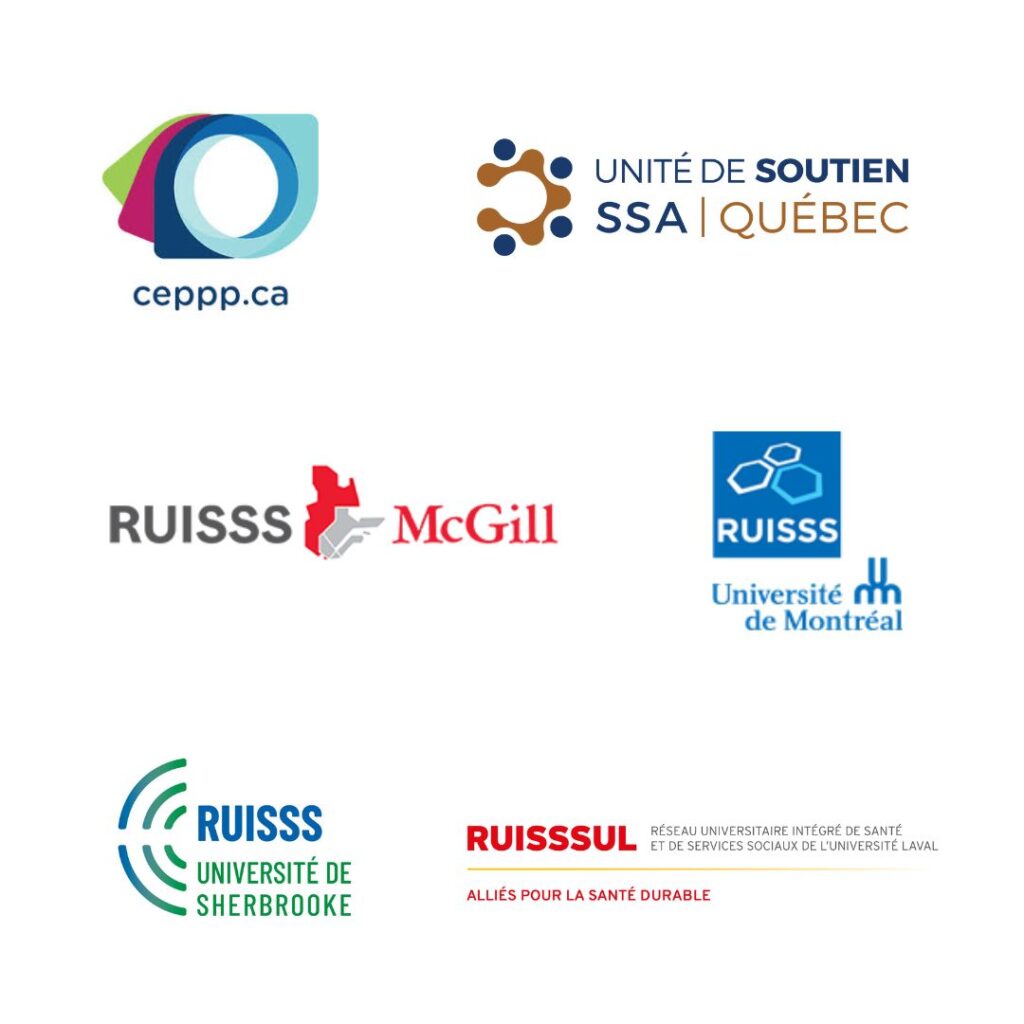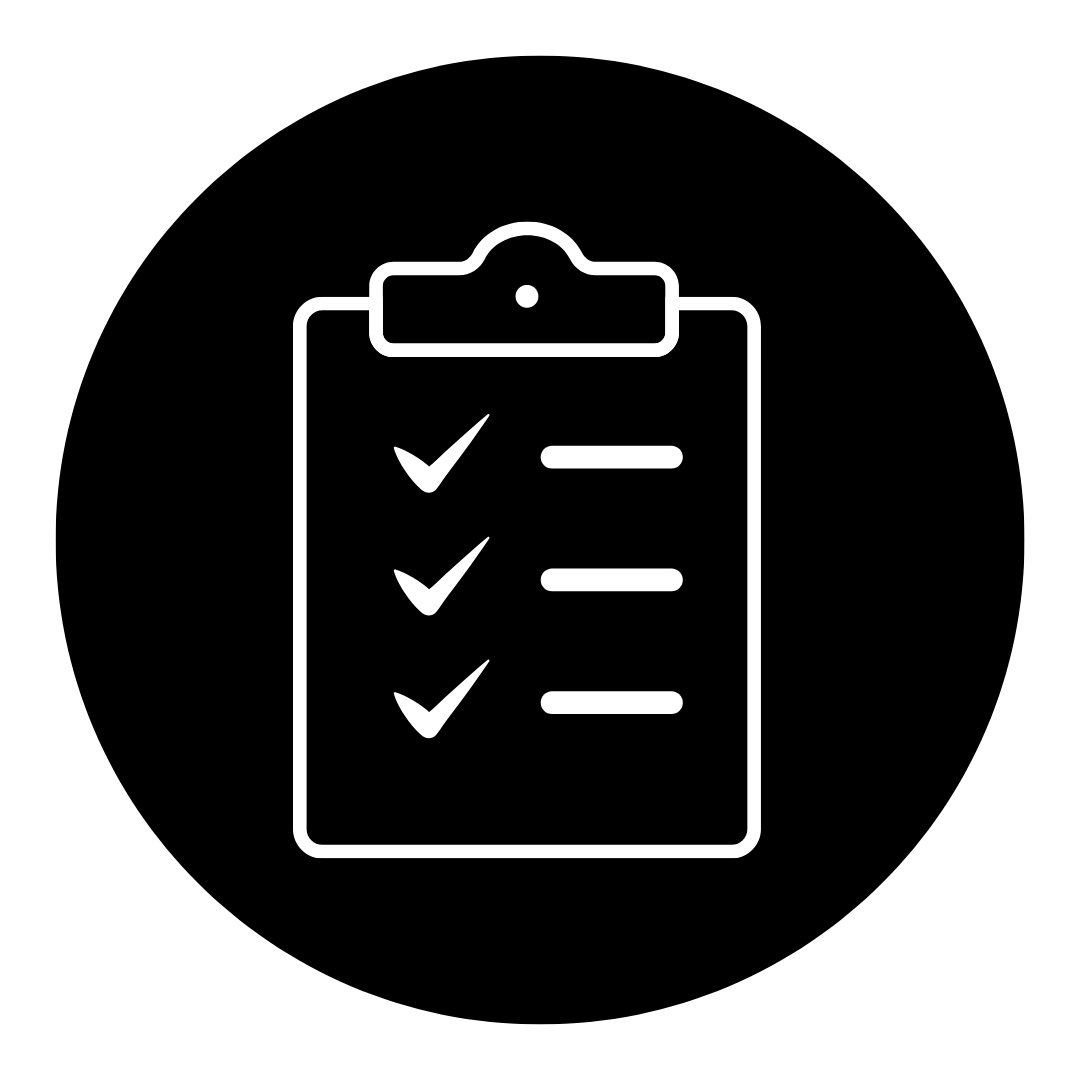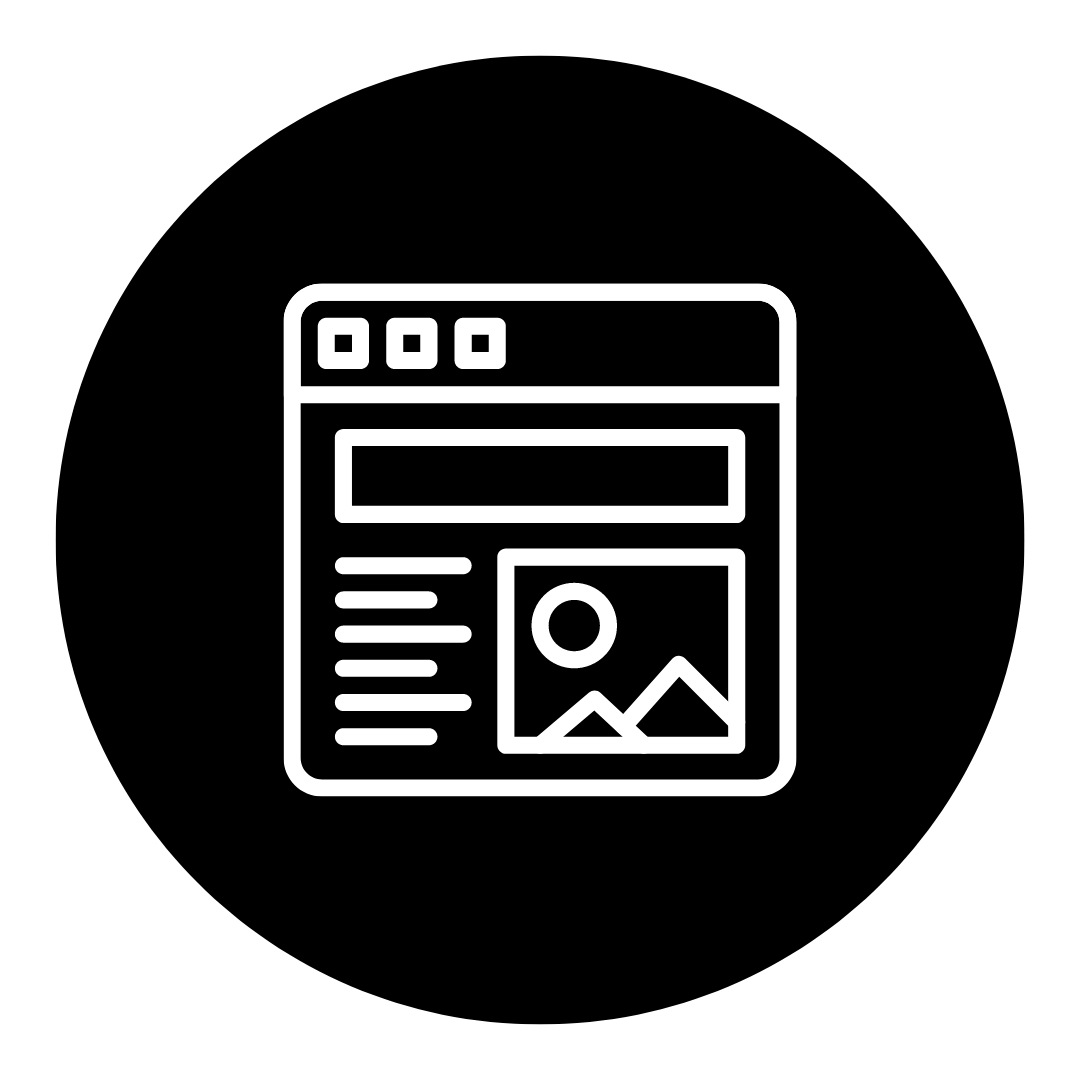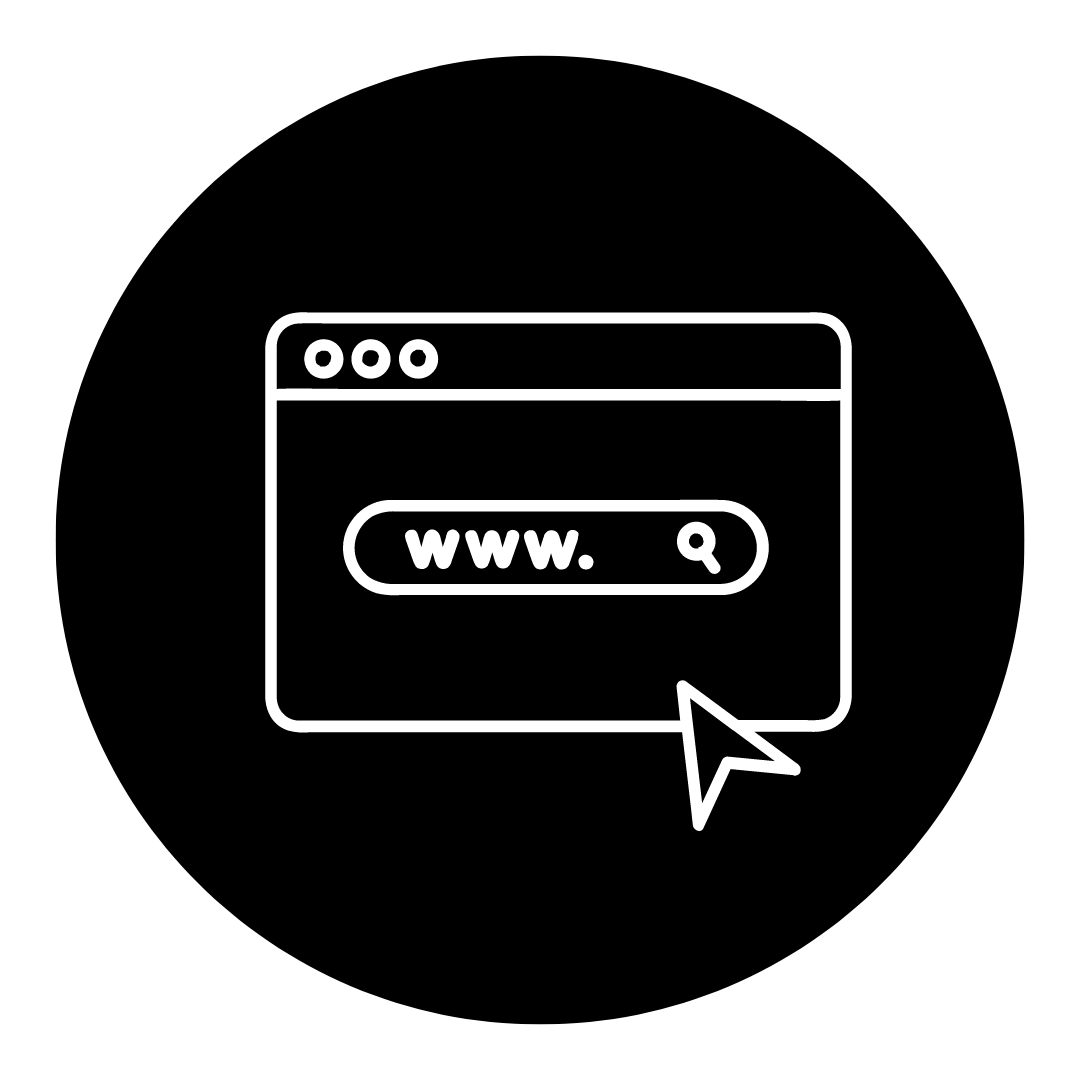We have created this toolkit with the intention of…
In Quebec and, more broadly, in Canada, the number of projects involving patients and the public in health research and beyond is growing rapidly. While there are a multitude of tools to support this work, these have been developed by different teams across Canada and internationally, making it challenging for teams to identify and use. This project aims to help patients, members of the public, researchers, managers, decision-makers, health professionals, and any other actor involved in an engagement process to easily access high quality tools and best practices to support engagement in health research. Some of the tools can also be used in other contexts.
The specific objectives of this project were:
- To identify and gather tools relevant to the Unité’s ecosystem ;
- To select the flagship tools ;
- To identify tools that need to be adapted (context, language, etc.) ;
- To identify the needs which are not covered by the existing tools ;
- To provide the Unit’s ecosystem with relevant tools to support patient engagement.
For more information, please refer to the FAQ section at the bottom of the page.
Context

This toolkit was co-developed by the Unité de soutien au système de santé apprenant Québec’ Partnership Axis and the four Partnership Antennas located in each Réseau universitaire intégré de santé et de services sociaux de l’Université de Montréal (RUISSS), and the Center of Excellence on Partnership with Patients and the Public (CEPPP).
The objective of this joint effort was to co-create a common toolbox by identifying and adapting existing engagement tools in order to support a wider adoption of patient partnership practices in research and beyond.
Census and selection
The first phase of this project was to identify patient and public engagement tools. A total of 67 tools were identified and screened, with 20 tools being selected for the toolkit. While most tools were published in Canada, some international tools were also selected.
Evaluation
The second phase of the project consisted in evaluating the 20 tools. A team of eleven evaluators was formed, including one of the Axis’ scientific co-director, its two coordinators, and the Antenna co-leads. Of these eleven evaluators, five were patient partners. The evaluators were divided into three sub-groups, ensuring that the co-leads and Axe coordinators were in different sub-groups. Each of these sub-groups were tasked with evaluating seven to eight tools. To guide the evaluators, an evaluator’s guide was provided
A criteria-based evaluation grid developed by the Centre of Excellence on Partnership with Patients and the Public (CEPPP) for the Patient and Public Engagement Assessment Toolkit developed in 2018 was used to sort and select the “flagship” tools that are featured in this toolkit. Each tool was evaluated according to the following criteria:
- Perspective on partnership with patients and the public
- Usability
- Comprehensiveness
Each criteria was rated on a scale of 1 to 5. Once the evaluation was completed, the scores were compiled into an average and subsequently used as the final evaluation score.
The RUISSS Partnership Antennas are regional antennas of expertise on partnerships with patients, the public and communities that are developed in all care and social service institutions located on the RUISSS territory. The mandate of these antennas is to offer guidance and expertise in partnership, as well as to develop tools and methodologies. The Partnership Axis and the Antennas meet monthly at the RUISSS Table to discuss various topics.
Patient and Public Engagement Toolkit
The 20 tools we have analyzed are classified by category. Each category is represented by an icon, making it quick and easy to visualize the entire toolbox.
Filter by tool type
Frequently Asked Questions (FAQ)
An individual description sheet has been created for each tool, describing its various aspects: name, description, assessment, sources and evaluation. This makes it easy to navigate through each sheet, facilitating the choice of the most relevant tool(s) for your project needs.
The following icons help to identify the type of tool:








The tool descriptions include an evaluation which highlights the strengths and weaknesses of the tools. This evaluation grid can be found at the end of each tool’s descriptive page.
These tools are freely available and can be accessed directly from the tool’s page. Note in some cases, the tools have been embedded in documents which include lengthy descriptions on the tool’s development and/or use, or located in the appendices of a document.
The tools can then be sorted by type, or by various measures such as patient/public perspective, comprehensiveness, and ease of usability. Each measure is rated on a scale from 1 to 5 points.
This toolkit is neither complete, static, nor singular. Indeed, the task of collecting and evaluating all of the tools in this toolkit does not represent the full complexity of patient and public engagement evaluation tools.
We hope that this toolkit continues to grow over time, and also encourage each of you to adapt or develop your own tools to best address the needs of your project.
We look forward to continuing to update this toolkit and to discovering which other tools may be relevant to the evaluation of patient and public engagement.
Acknowledgments
This project was made possible thanks to the support of the Unité de soutien au système de santé apprenant Québec and the Centre of Excellence on Partnership with Patients and the Public.
We would like to extend a warm thank you to our working committee for their participation, their time, and their dedication towards the development of this toolkit:
PARTNERSHIP AXIS
- Antoine Boivin, scientific co-director
- Myriam Fournier-Tombs, coordinator
- Sylvain Bédard, patient partner coordinator
UNIVERSITÉ LAVAL RUISSS PARTNERSHIP ANTENNA
- Samira Amil, patient partner co-lead
- Marie-Pierre Gagnon, scientific co-lead
MCGILL UNIVERSITY RUISSS PARTNERSHIP ANTENNA
- Sonia Lussier, patient partner co-lead
- Tracie Barnett, scientific co-lead
UNIVERSITÉ DE MONTRÉAL RUISSS PARTNERSHIP ANTENNA
- Mathieu Bouchard, patient partner co-lead
UNIVERSITÉ DE SHERBROOKE RUISSS PARTNERSHIP ANTENNA
- Matthew Garriss, patient partner co-lead
- Christine Loignon, scientific co-lead
- Guy Drouin, patient partner
We would also like to extend our gratitude to Audrey L’Espérance for her support and expertise in the conceptualization of this project.
Finally, a special thanks to Myra Drolet and Marie-Anne Fillion for their remarkable work towards developing the toolkit.








